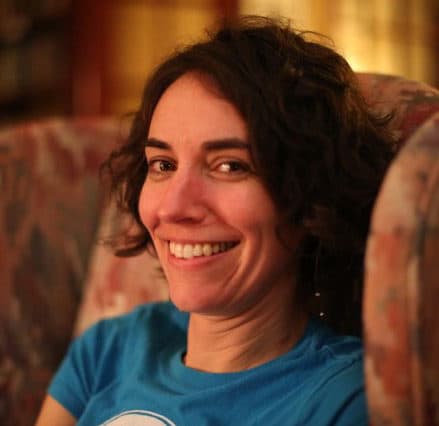Advertisement
Intimate Coming-Of-Age Documentary Breaks Boundaries About Disability And Sex
Resume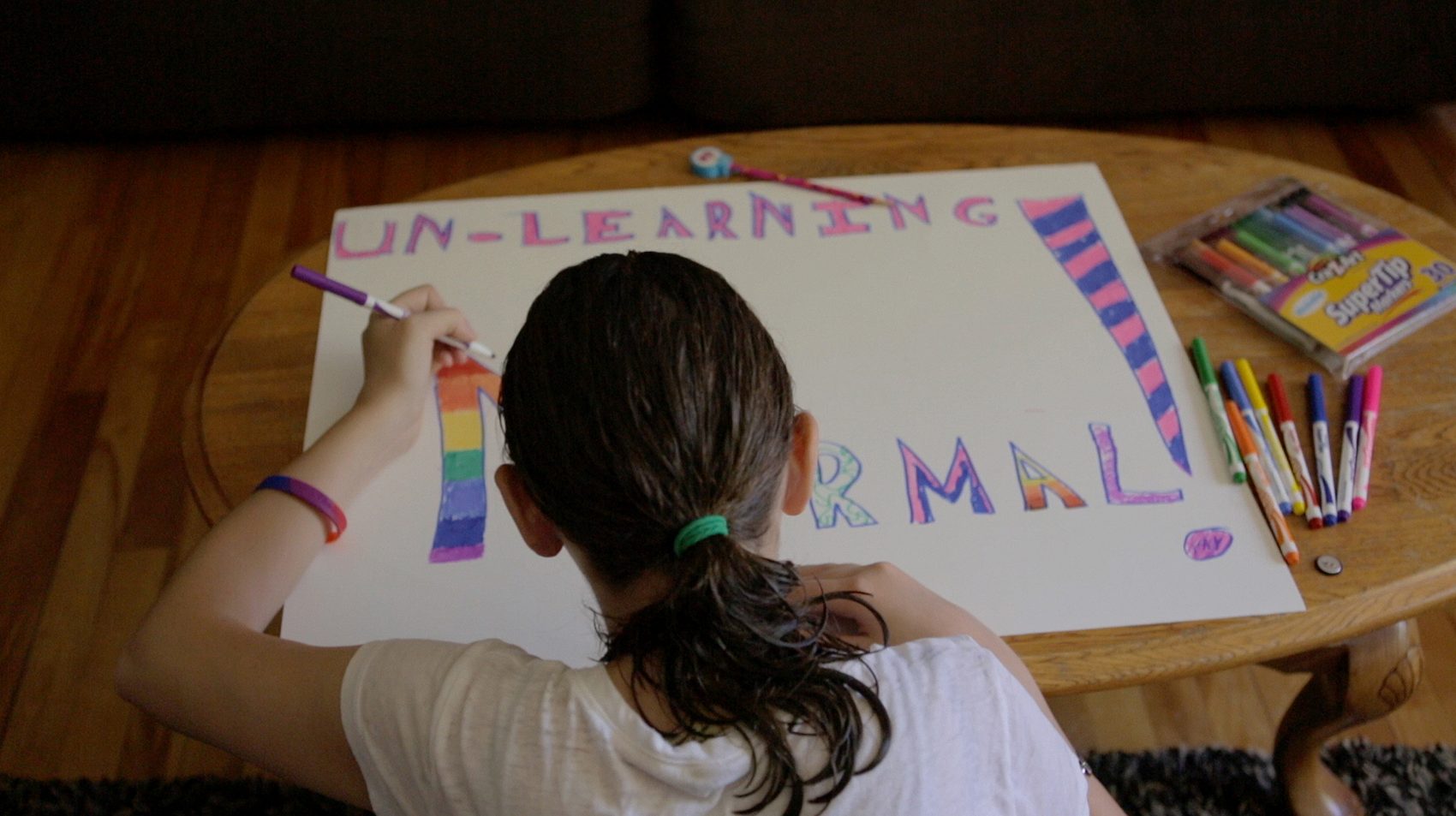
The transition from teenager to adult is usually pretty rough. Navigating independence, identity and sexuality can be even harder if you’re visually impaired and have Asperger’s syndrome.
Michelle Smith, the remarkably frank central figure in a new, locally-made documentary titled “Best and Most Beautiful Things,” knows that journey well. As she comes of age on screen, the young woman also breaks boundaries about disability and sex in ways the filmmakers never expected.
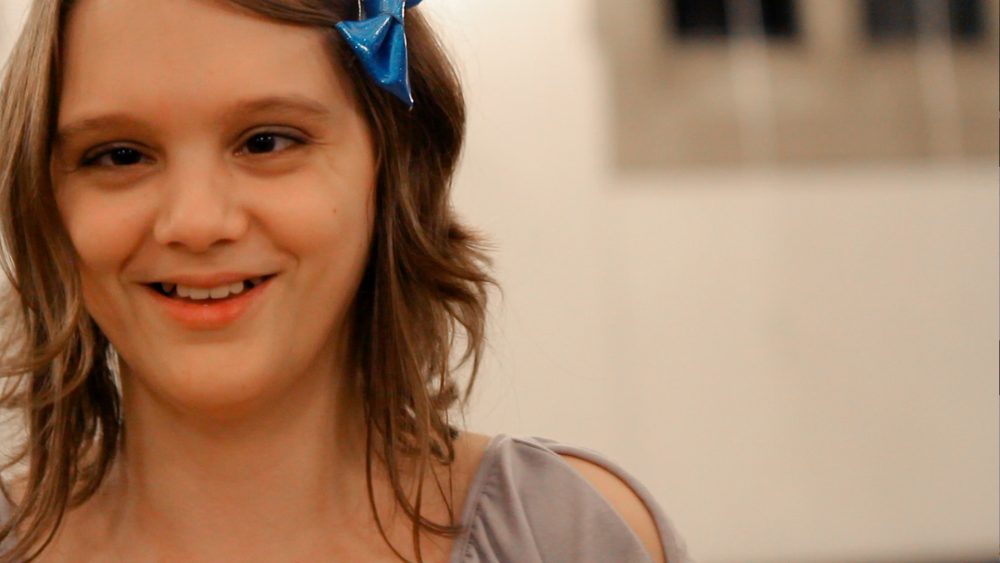
“Best and Most Beautiful Things” premiered at SXSW in March and has gone on to earn a string of awards, including one from a jury of disabled persons at the Superfest International Disability Film Festival. It’s being released on iTunes Tuesday. We caught up with the people behind the film to find out more.
Searching For Beauty
Documentary director Garrett Zevgetis remembers feeling dark and hopeless back in 2009 after working on a short film about mercenaries in Iraq. But then the world-weary U.S. Navy vet — who bartends in Cambridge to pay the rent — says he discovered a beacon of light in a quote from Helen Keller:
“The best and most beautiful things in the world cannot be seen or [even] touched, they must be felt [with] the heart.”
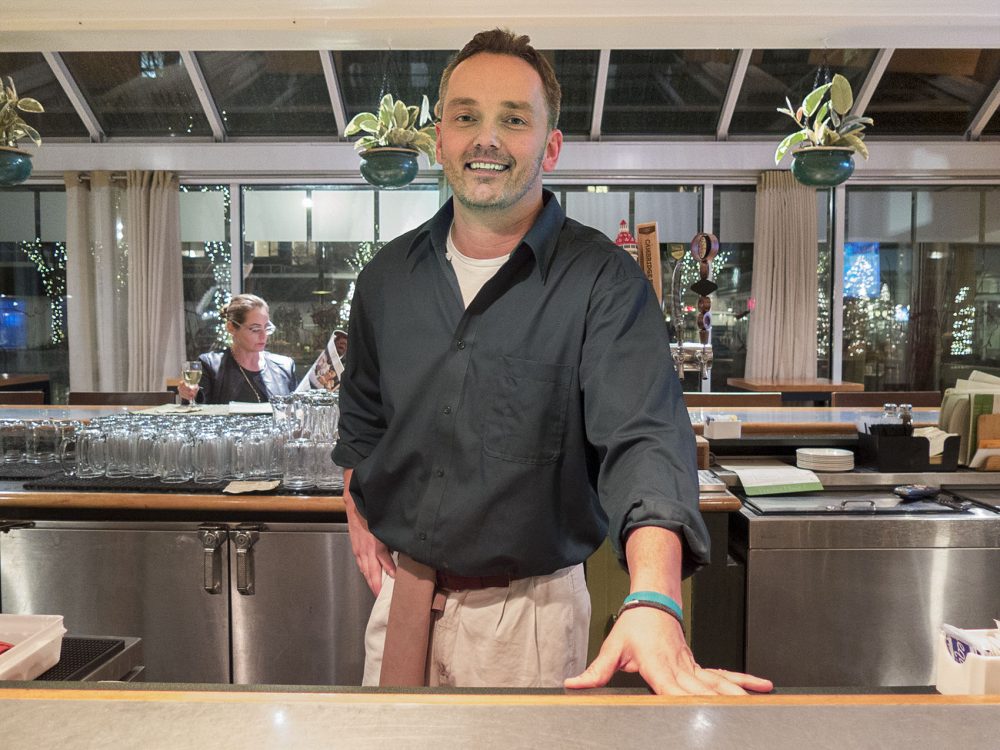
Zevgetis remembered that Keller had been a student in Watertown at Perkins School for the Blind. He started volunteering at the renowned institution, thinking maybe he'd make a documentary inspired by Keller’s legacy. Soon Zevgetis learned a depressing statistic: 75 percent of visually impaired people are unemployed. That did not bode well for future Perkins grads, including a quirky, quick-witted teenager named Michelle Smith.
“I saw him just sitting over by his lonesome,” Smith explained to us before a recent screening of the film at Emerson College. “It’s kind of built into me at this point: If someone’s off by themselves, I want to make sure it’s not because they don’t feel comfortable.”
Zevgetis recalled that meeting too, and said Smith made an indelible first impression.
“After five minutes of sensing her indomitable, positive spirit I said this is someone that I could follow to the dark side of what it means to have a disability in this world and she will never despair,” Zevgetis explained. “I asked if she’d like to be in a documentary, and she said yes, and that was six years ago.”
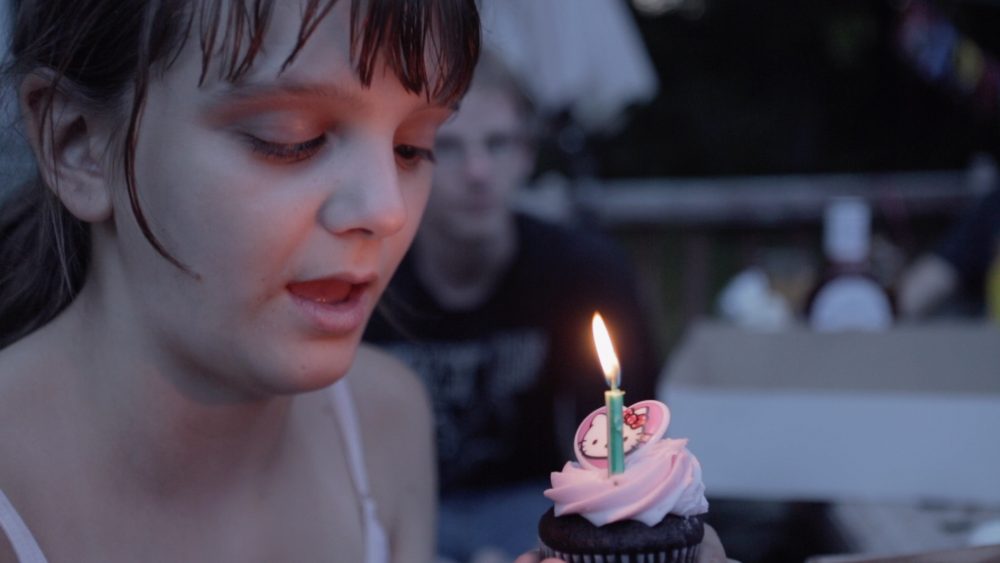
Finding A Haven At Perkins
Smith’s magnetism and goofy sense of humor come across when asked about the film and her life.
“People like me, the geeks and weirdos — I say that in a loving way — we’re like, ‘Don’t worry, it gets better, you just have to survive it!' ”
Smith herself survived years of being bullied at her public school in Bangor, Maine. Early in the documentary we see home movie-style footage of her as a little kid wandering the elementary school halls. Smith’s voiceover describes how she was ostracized: “The kids would literally be like, ‘Ew, there’s Michelle, we’re going to catch her disease,’ and then just like run away. That was probably the worst, because I couldn’t see the faces people made but I could hear the words, and that hurt the most.”
Eventually, the partially blind teen found an oasis of compassion and support at Perkins. Teachers there encouraged Smith and her classmates to learn about themselves through music and literature. After attending a production of "Hamlet" she connected with the iconic title character and called him an outcast during a class discussion. (Smith also collects anime dolls, because they’re “fellow” outcasts.)
The curious teen expresses her desire to do the things many young women want to do. At one point in the film she says, “I want to experience, you know, like working and romance and partying and all that stuff. Going to bars. Going to museums. I’m ready for the uncensored world, you know what I mean?”
Zevgetis and the female cinematographers he recruited once he realized he’d be focusing on a young woman caught all of this — and so much more — on camera.
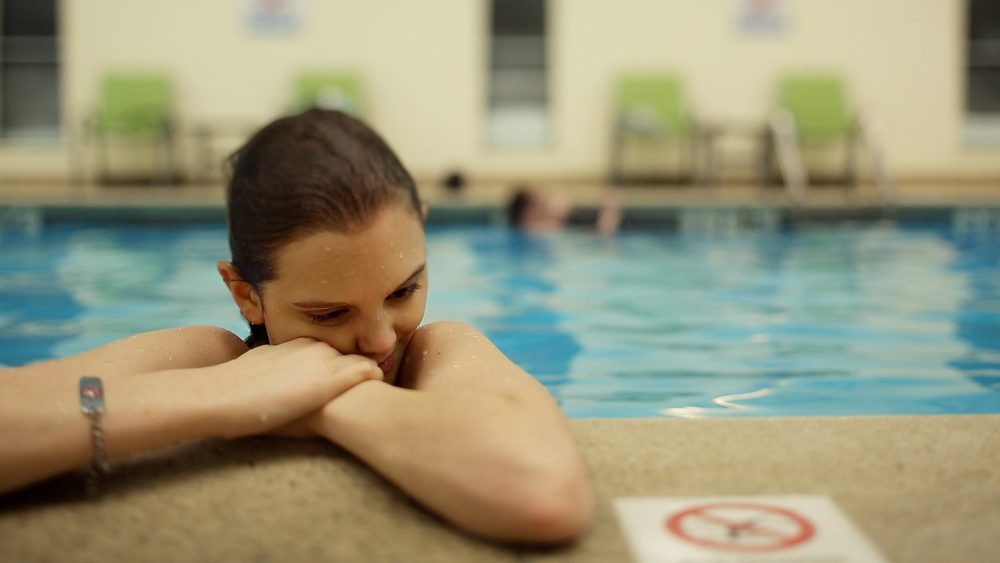
Two years in, Smith graduates from Perkins. In the film, she says she’s ready for the next chapter of her life.
“I’m gonna miss this place, but in some ways I feel like I’ve almost outgrown it,” she muses. “I want to leave and I want to take on the world. The world will be my burrito!”
An Uncomfortable, Unexpected Reveal
Zevgetis hoped his documentary would end happily after Smith’s graduation. But it doesn’t. The young woman moves back to her mother’s house in Maine. She gets and quickly loses a job. People at Perkins started asking Zevgetis questions about Smith’s status, even though they had a hunch.
He said they were right when they guessed she was isolated at her parent’s home and spending her days on the computer. They told him, "That’s what happens to all these students that have a disability. We call it 'the cliff.' "
In that moment the director said he knew that was the story he needed to document.
So Zevgetis kept filming Smith's quest for independence and connection. His film crew practically moved in with her working-class family in Bangor. We get a deeper sense of Smith’s fraught family history that includes her parents’ ugly divorce. She struggles to be herself in a world that often labels and patronizes people with disabilities.
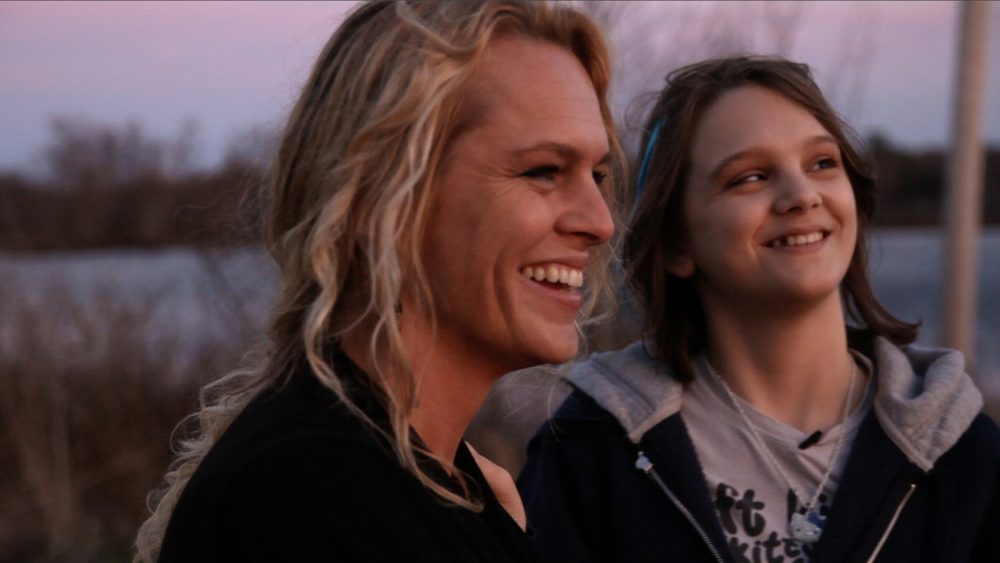
Then Smith’s story took another unexpected twist. Zevegtis recalled how he handled it when his subject began opening up about her sexuality.
“I was kind of uncomfortable,” he remembered. “But it was apparent that it was a big part of her.”
Zevgetis’ producer Ariana Garfinkel told him it sounded like Smith had found community. The director said he realized “this isn’t something we could ignore.”
Sticking With A Character Through Every Turn
What Smith revealed was her growing interest in what’s known as the BDSM community — people interested in erotic role-playing, bondage, dominance and submission.
“It was certainly a surprise,” Jordan Salvatoriello, one of the film's cinematographers and producers, said. “As a filmmaker, it was very exciting, because this is some uncharted territory in a lot of ways. You don’t see this in a lot of films, and certainly not through somebody who has a disability. I’m really proud of her.”
But the cinematographer admitted it was difficult to stand back and witness Smith's unconventional coming of age. She felt scared for Smith, and her initial response was to protect the young woman. Salvatoriello said she even thought, “She must be taken advantage of — how could she not? And then you have to really to check yourself.”
In the film, Smith explained her attraction to the "kink" community with non-judgmental frankness. In one scene she presses her nose right up against her computer screen so she can read her online profile out loud.
“When I first got into this lifestyle I was convinced that no one would want to play with some blind chick,” she says for the camera. “I'm so happy I was wrong.”
Sex Positivity And 'Unlearning Normal'
The cameras were there for Smith's first serious relationship with a like-minded young man named Michael who shares her passions. They buy each other whips and other toys as gifts and go to “kink” parties together.
The adoring couple’s open-minded views tap into an ongoing cultural shift in attitudes about how gender and sexuality should — or shouldn’t — be defined, called “sex positivity.”
In the film, Smith tells her teacher at Perkins, Jeff Migliozzi, about her exploration. He’s blind too, and teaches literature, film and sex education at the school. Migliozzi said his former student is breaking boundaries by talking so candidly on camera about a topic many disabled people believe is ignored.
“They have this perception that the general public doesn’t see them as sexual beings," Migliozzi told us, sitting on the same bench where he and Smith had their delicate conversation a few years ago. "Anything you can do to show that side of our lives is important. Because not only are we sexual, some of us in our community are into kink. It's like anybody else — it's part of the fabric of being a human being."
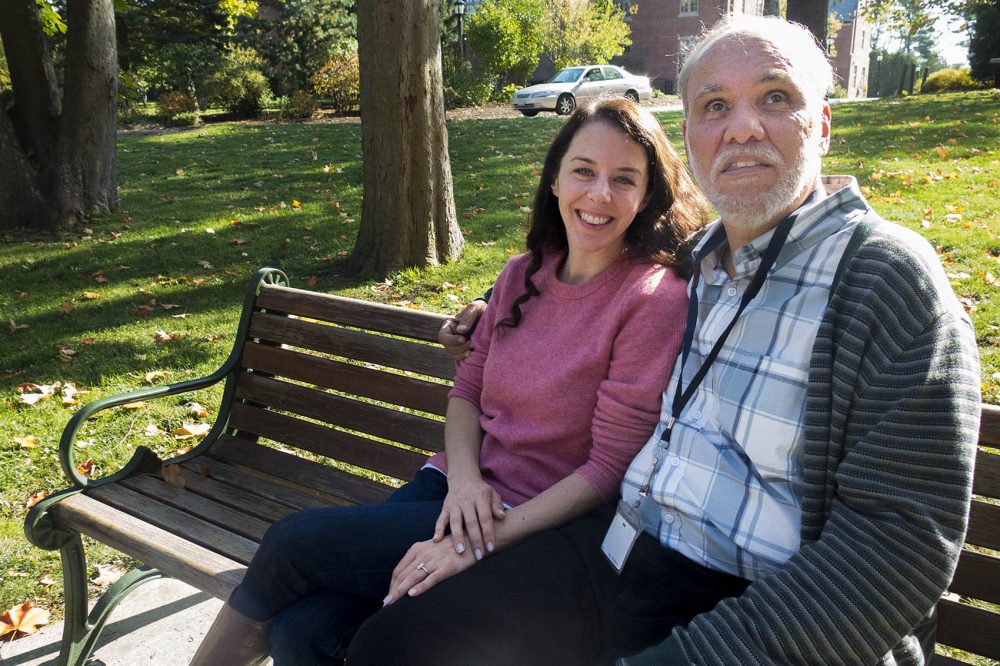
Smith was 18 when the cameras started rolling. Now she’s 24. Her mother Julie Smith admits that even though Michelle is a consenting adult, it’s been a little cringe-inducing to have her daughter’s sex life — along with her family’s sometimes tumultuous private life — exposed like an unlocked diary. Still, Julie Smith told us the documentary captures her daughter.
“That’s Michelle. Michelle is a complete open book. She will talk to you about absolutely everything and anything,” Julie Smith said, adding that the film is already helping people question the ways they’ve been treating people with disabilities.
“We've been to several festivals where after the screening someone in the audience will stand up and just cry,” Julie Smith recalled. “It's powerful.”
Michelle’s Story Reaches A Wider Audience
Jeff Consiglio has edited Academy Award-winning and nominated documentaries. He said he saw that spark in Smith when he watched some of the earliest footage, and that she’s a once-in-a-lifetime character for a filmmaker. He joined the project because, he said, he’s “always interested in telling large stories in little ways.” Also notable, former "Friends" executive producer Kevin Bright served this documentary's team in the same role.
First Run Features acquired the independent documentary after it screened at SXSW. On the phone from New York, Vice President Marc Mauceri explained why “Best and Most Beautiful Things” stood out. He said First Run gets inundated with film pitches, but picked up Zevgetis’ doc not only because it's inspiring and entertaining, but also because it “speaks to an audience I think is underrepresented.”
As for Smith's reaction to the movie about her life, she told Zevgetis she “friggin’ loved” the final film — though she actually used another word beginning with “f” when she shared her opinion with the director.
“I honestly feel more comfortable with this than hiding everything that I'm about for the rest of my life,” Smith told us. “You know, if I can make people become more open-minded and less judgmental, I’ll feel like I’ve done something great.”
That said, Zevgetis laughed a little when he added that the film doesn’t end with Smith “climbing a mountain.”
Like the vast majority of visually impaired people, Smith is still unemployed. Yet she says that being in this documentary — and talking to people of all ages at film festivals about "sex positivity" and an overall culture of acceptance — is giving her a true sense of purpose. Which is what Smith’s been looking for all along.
"Best and Most Beautiful Things" is available on iTunes starting Dec. 20 and will air on PBS' Independent Lens on Jan. 2.
This segment aired on December 20, 2016.

